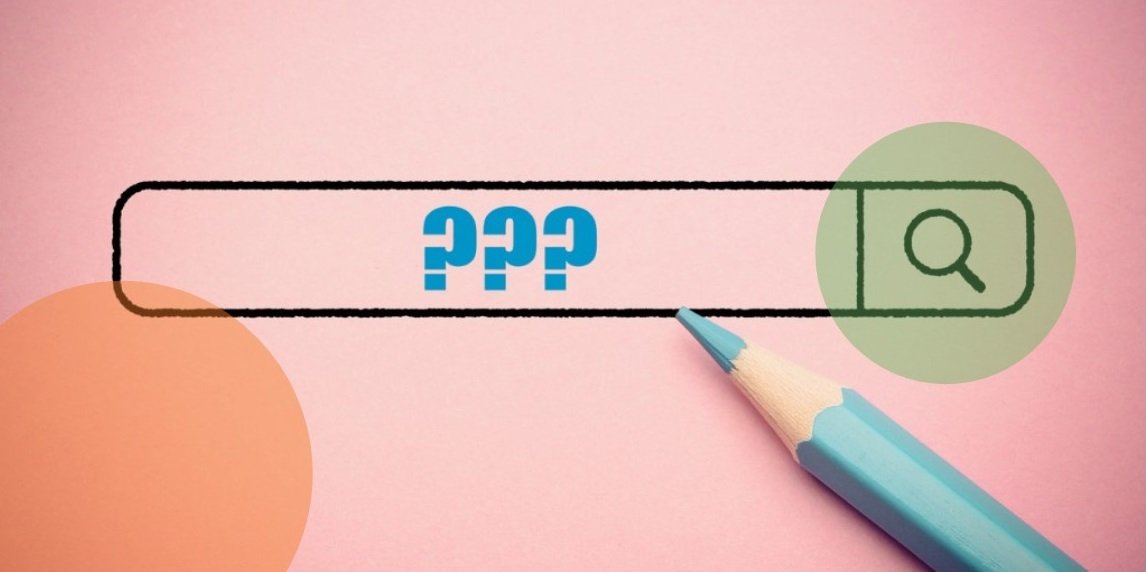
The Internet has proven to be indispensable: it’s an unlimited source of information and content of all kinds. We all know how it feels to find an article, photo, video, illustration or audio recording that’s so on-point that you want to include it in your own website, add it to a work presentation or even share it on social media.
But are you allowed to?
You may be surprised to learn that content available online is protected by copyright and you have to get permission before using it.
What if you work in an educational institution? Follow the steps in our decision tree to check whether you can use the content in your classroom.
If you don’t work in the education sector, please read on to find out more!
Are you covered by a licence?
If your organization has a licence from a copyright collective such as Copibec, you’re allowed to use certain content available online. Make sure you comply with your licence’s relevant terms of use.
What if you’re covered directly by a Copibec licence? Then you can use content from the websites of newspapers and magazines. Please refer to your licence and the Copibec repertoire for details on what’s included under the licence.
Check the website’s terms of use
This is the first step if the content you want to use isn’t covered by a licence from a copyright collective. The site’s terms and conditions usually explain the rules for any content you’d like to reproduce or use. To find the appropriate section, look for headings referring to “copyright” or “sharing content”, for example.
That’s also where you’ll find an email address to request permission for uses not covered in the general terms.
Contact the site administrator
If the terms of use don’t grant permission to reproduce or use the site’s content, that doesn’t mean you’re free to go ahead as you please. There’s still a step you have to do!
You’ll need to find a way to contact the site administrator, preferably in writing. By keeping a record of your communications, you’ll be protecting yourself as well as the copyright owner.
In your email, give a detailed description of how you want to use the content. You can use the content only after the copyright owner has given you a green light and you’ve paid any applicable royalties.
If the administrator’s contact information doesn’t appear in the terms and conditions, look in other sections such as “contact us” or “how to reach us”.
In the end, if you’re unable to get in touch with the administrator, you’ll have to give up on the idea of using that content.
Have you put your own content online? Here are some tips on how to protect it.





